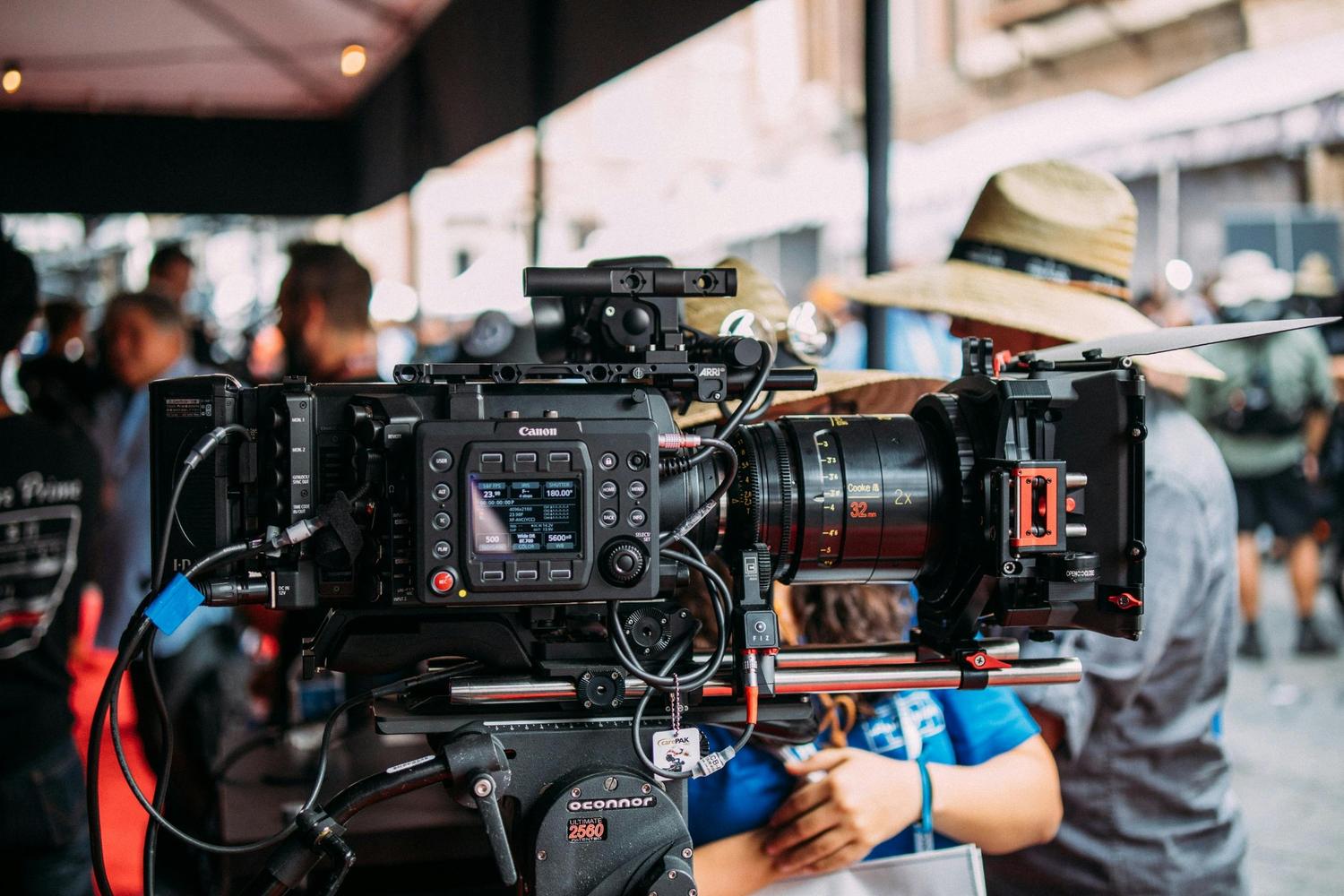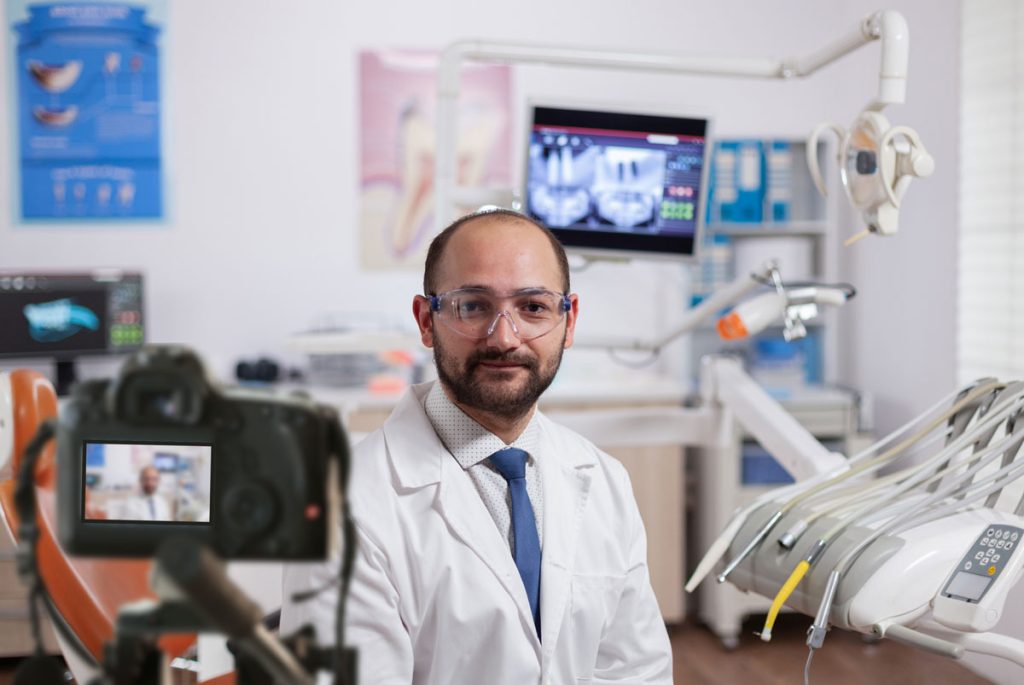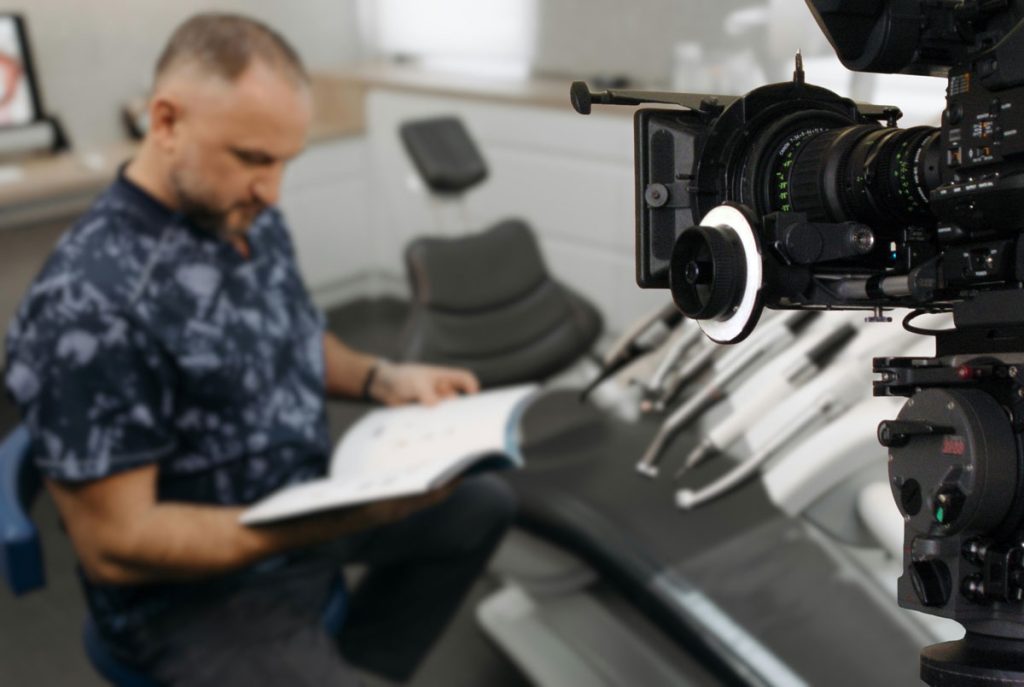What is Audio and Video Production
Why Audio and Video Production Matters Today
Audio and video production isn’t just for Hollywood studios or major corporations anymore. Today, every brand, small business, and even individual creators use it to tell stories and connect with their audiences. Why? Because people process visuals and sound faster than text. A 30-second video can communicate more than a long email ever could.
Think about scrolling your phone feed in Spring Branch West, do you stop for walls of text, or for clips with crisp sound and visuals? The answer is obvious. That’s why companies invest in high-quality production: it captures attention, builds trust, and leaves a lasting impression.
Without professional production, your content risks getting lost in the noise. A shaky video with muffled audio might send potential customers running to competitors. On the other hand, sharp visuals paired with clean, balanced sound can hook viewers instantly and drive them to take action.

What Is Audio Production?
Audio production is the art and science of creating, shaping, and finalizing sound. It plays a role in music, podcasts, advertising, radio, film, and online content. Every step in audio production influences how a listener feels, reacts, and remembers the message.
Let’s break down its main stages:
Recording: Capture the Sound
Recording is where everything starts. The goal is simple: capture clean, high-quality sound. This means picking the right microphone, controlling background noise, and placing equipment correctly. For example, recording an acoustic guitar might require a condenser mic positioned near the sound hole, while a podcast setup often works best with a dynamic mic close to the mouth.
The recording stage is all about detail. Pop filters reduce harsh consonant sounds, while acoustic panels cut echoes in the room. When done right, recording gives engineers the raw material they need to build a polished track.
Mixing: Shape the Sound
Mixing takes the raw recordings and balances them into a cohesive whole. It’s like cooking, you add ingredients (tracks), season them (EQ and compression), and adjust the recipe until it tastes right.
A mix engineer decides how loud each instrument or voice should be, which frequencies to highlight, and how much space or depth to add with effects like reverb. A good mix ensures listeners can hear every element clearly without one overpowering the other.
Mastering: Polish and Finalize
Mastering is the finishing touch. It ensures the audio sounds professional on any platform or device. Engineers adjust volume levels for streaming services, fine-tune frequencies for balance, and format files for release.
Think of mastering like shining a spotlight on a performance, it doesn’t change the show, but it makes everything look and sound its best.
Music Production and Sound Design
Beyond technical steps, audio production also involves creativity. Music producers guide the arrangement and vibe of songs, helping artists shape their sound. Sound designers create unique effects and atmospheres, footsteps in a video game, thunder in a movie, or futuristic tones in an ad. These details influence emotion and storytelling more than most viewers realize.
What Is Video Production?
Video production is the process of creating moving images that tell a story, sell an idea, or document reality. It combines planning, filming, and editing into a single workflow. Businesses rely on it for commercials, training content, social media, and live events.
Here’s how it unfolds:
Pre-production: Planning and Prep
Before cameras roll, a lot of groundwork happens. Pre-production includes writing scripts, creating storyboards, setting budgets, scouting locations, and casting talent.
- A strong script ensures the message is clear and engaging.
- Storyboards visualize each shot, helping the crew align on the director’s vision.
- Location scouting prevents problems like background noise, poor lighting, or restricted access.
This stage often makes or breaks a project. Well-planned shoots run smoothly, while poor planning leads to wasted time and money.
Scriptwriting and Storyboarding
Scripts form the backbone of any video. They dictate the flow, dialogue, and pacing. Storyboards bring that script to life visually, showing how each shot should look. Even rough sketches help avoid confusion later.
Casting and Location Scouting
Casting the right talent makes a huge difference. An authentic voice or expressive face can connect deeply with viewers. Meanwhile, scouting locations ensures visuals match the story. A quiet office works for interviews, while outdoor scenes might demand permits and sound precautions.
Production: The Shoot
This is the most visible part of video production, cameras rolling, lights shining, and directors shouting cues. Production teams focus on capturing clean visuals and audio.
Cinematography and Camera Operation
Cinematographers decide lens types, angles, and movement. A close-up captures emotion; a wide shot shows scale. Camera operators bring those choices to life with steady, precise motion.
Lighting and On-Set Sound Capture
Lighting creates mood and highlights subjects. A poorly lit scene looks flat, while thoughtful lighting adds drama or warmth. On-set audio teams use boom mics, lapel mics, and recorders to capture voices and reduce background noise.
Post-production: Edit, Color, VFX
After shooting, editors assemble clips into a narrative. They remove mistakes, add transitions, and sync sound with video. Colorists enhance visual tone, while VFX artists add graphics or special effects. Finally, audio mixing ties everything together for a polished product.
Key Differences Between Audio and Video Production
While audio focuses on sound quality, video combines sound with visuals. Audio teams work with microphones, mixers, and DAWs (digital audio workstations). Video teams juggle cameras, lighting rigs, and editing software.
Audio can often be produced in a studio with a small crew, but video typically requires more people and gear. Both share one goal: telling a story that feels real and keeps the audience engaged.
Stages of a Typical AV Project (Step-by-Step)
- Goal setting – define the message and audience.
- Concept creation – brainstorm themes and storylines.
- Pre-production – finalize script, storyboard, budget, and schedule.
- Production – capture footage and audio.
- Post-production – edit, mix, color grade, and finalize.
- Distribution – prepare files for platforms like YouTube, social media, or broadcast.
- Analysis – track performance and feedback for future projects.

Core Roles on an AV Team
Every project involves specialists working together:
- Producer – manages budget and timeline.
- Director – oversees creative vision.
- Cinematographer – crafts the look of the video.
- Sound Engineer – ensures clean, balanced audio.
- Editor – shapes raw footage into a story.
- Colorist – adjusts tones and moods.
- VFX Artist – creates graphics and effects.
In smaller Spring Branch West projects, one person might handle multiple roles, but each role matters.
Essential Equipment: What You Really Need
- High-quality microphones (shotgun, lavalier, condenser).
- Cameras (mirrorless or cinema-grade).
- Tripods and gimbals for stability.
- Lighting kits (key, fill, and background).
- Field recorders and audio interfaces.
- Editing software (Premiere Pro, Final Cut, or DaVinci Resolve).
Investing wisely means prioritizing gear that boosts quality most, like microphones and lenses.
Workflow, Best Practices, and Time-Saving Tips
- Label files clearly to avoid confusion.
- Back up data on multiple drives.
- Record at least 30 seconds of room tone at each location.
- Use slates or claps to sync audio and video.
- Review footage daily to catch mistakes early.
These small practices save hours during editing.
Budgeting: How Projects Tend to Cost
Costs depend on project size. A simple interview video may cost a few thousand dollars, while a commercial with multiple locations, actors, and effects could cost tens of thousands. Always ask for a line-item breakdown so you see where money goes.
Distribution: Formats, Platforms, and Delivery Specs
Videos must match platform requirements. Instagram favors square or vertical formats; YouTube prefers widescreen HD or 4K. For audio, podcasts often require MP3 files, while broadcasters may need WAV masters. Delivering in the wrong format can cause delays or rejection.
Measuring Success: Metrics That Matter
It’s not just about views. Pay attention to:
- Watch time and completion rate.
- Engagement (likes, comments, shares).
- Conversion (clicks, sign-ups, purchases).
- Retention for audio projects (how long people listen).
Nightwolf Productions: Audio & Video Production in Spring Branch West
Nightwolf Productions specializes in professional audio and video services for the Spring Branch West community. With local knowledge, the team knows the best spots to film, how to manage permits, and how to plan shoots around neighborhood rhythms.
From corporate videos and commercials to podcasts and event coverage, Nightwolf Productions brings together technical skill and storytelling to create content that resonates. If you want a partner who understands both craft and local needs, they’re a go-to choice.
Common Project Types and Use Cases
- Corporate training videos.
- Explainer animations.
- Social media campaigns.
- Event highlights.
- Documentaries.
- Music videos.
- Podcasts.
Each type serves different goals, branding, education, entertainment, or sales.
Future Trends: AI, Immersive Audio, Real-Time Collaboration
AI tools now speed up transcription, sound cleanup, and rough edits. Immersive formats like 360 video and spatial audio are gaining ground. Cloud-based platforms let teams in different cities collaborate in real time. Still, human creativity remains irreplaceable,. the tools are just assistants.
Quick Checklist for Starting an AV Project
- Define your goal.
- Choose your platform.
- Draft a script and storyboard.
- Build a budget and timeline.
- Book crew and equipment.
- Scout locations.
- Capture clean sound and visuals.
- Back up everything.
- Review, revise, and finalize.
Nightwolf Productions Serving the Spring Branch West Community and Beyond in Houston
Nightwolf Productions is dedicated to serving the diverse needs of the local community of Houston, including individuals residing in neighborhoods like Spring Branch West. With its convenient location near landmarks such as the Bayou City Fellowship – Spring Branch and major intersections like Brittmoore Rd. & Clarborough PI (coordinates: 29.7955812, -95.5682763), we offer dental video production Houston services.
Get Dental Video Production at Spring Branch West Now
Navigate from Spring Branch West to Nightwolf Productions Now
Crafting Messages That Resonate
Audio and video production are powerful tools for communication in today’s world. Whether it’s a small podcast or a large-scale commercial, the process demands planning, creativity, and technical know-how.
For businesses and creators in Spring Branch West, working with experts like Nightwolf Productions ensures projects are not only professional but also effective. With clear sound and strong visuals, your message will cut through the noise and connect with your audience.
FAQs
1. How long does it take to complete a standard video project?
Most small business videos take 3–4 weeks from planning to delivery, depending on revisions.
2. Why is audio quality just as important as video quality?
Audiences tolerate shaky visuals more than bad audio. Poor sound instantly lowers perceived professionalism.
3. What’s the difference between editing and post-production?
Editing assembles footage, while post-production includes editing plus color grading, audio mixing, graphics, and final delivery.
4. How much does professional production cost in Spring Branch West?
Budgets range widely, from under $2,000 for simple shoots to $20,000+ for commercials with actors, sets, and effects.
5. Why should I hire Nightwolf Productions instead of DIY?
We bring professional gear, local knowledge, and years of experience. DIY may save money upfront but often costs more in time, mistakes, and lost opportunities.
Related News







